Rooftop solar has become commonplace on commercial buildings and homes. Although a residential home often has sufficient rooftop area to power the home 100 percent with solar, this is not always true with multi-story commercial buildings, apartments and condominiums. The properties often do not have the necessary roof space to offset their energy needs with solar. This situation can also apply to low-rise buildings with high electrical usage, such as factories, big-box stores and warehouses.
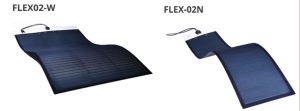
The Miasole FLEX Series PV Modules
In recent years, building owners have been installing new carports with solar PV modules. These solar carports have all the benefits of traditional carports with the added advantage of producing clean renewable solar energy while reducing the need to add rooftop solar to buildings.
In many places, existing carports were designed and built with minimal steel support structures and the metal roof and deck panels are already spanning the maximum distance between supports to keep costs down. Most were built to meet the minimum local wind and live-load code requirements. With the cost of solar installations falling, utility energy costs rising and increased interest in improving the environment while reducing a building’s carbon footprint, building owners are interested in retrofitting their existing carports with solar modules. Unfortunately, many of these existing carport structures cannot support the additional 4- to 6-pounds-per-square-foot weight of standard crystalline PV modules and associated racking and rails. The only solution available to the owner is to structurally upgrade the carport or tear it down and replace it with a carport designed for the extra weight of solar. Even if the existing carport structure can support the weight, retrofitting the carport with solar can be technically challenging and expensive.
MiaSolé has developed two solar application solutions to solve the live-load limitations of many existing carports. MiaSolé manufactures a flexible lightweight high-efficiency (16 percent plus) CIGS-based flexible PV module weighing less than 9 ounces per square foot in two format sizes: the narrow-format FLEX-N series designed for traditional architectural standing-seam metal roof panels and the wide-format FLEX-W series. Both can be applied to the carport roof with a simple peel-n-stick adhesive.
Standing-seam Panel
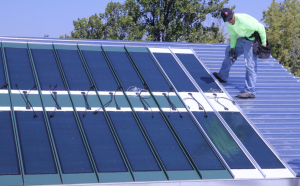
Miasole FLEX-N on standing-seam metal panels.
Two roofers can easily apply the FLEX-N series to the existing carport metal panels:
- Power wash the roof.
- Wipe down the areas where the FLEX-N modules will be applied with rubbing alcohol.
- On the standing-seam metal panel (16- to 18-inches wide) lay down the module.
- One roofer lifts up the module at the j-box end, removes the release film from the adhesive and sets the module down.
- The second roofer at the other end lifts up and supports the module.
- The first roofer continues to remove the release film and lays down the module, rubbing the module with his hand to ensure full contact.
- Once the module is fully adhered, both roofers use a silicone roller to bond the module to the metal pan surface.
Trapezoidal Rib Panel
Although architectural standing-seam panels are frequently used on carports, the 7.2 trapezoidal rib panel is the metal roof industry’s most commonly used corrugated roof panel for carports. Nearly every major metal roof and steel building manufacturer offers a 7.2 rib panel type profile.
The 7.2 corrugated rib panel is economical, strong and aesthetically pleasing while offering excellent spanning and cantilever capabilities, making it an excellent choice for carports and walkway canopies. The 7.2 rib panel with its long-spanning performance helps lower costs by reducing the number of purlins and structural steel needed. The ability to use long metal panels and fastening with exposed fasteners on slopes as low as 1:12 greatly reduces labor costs.
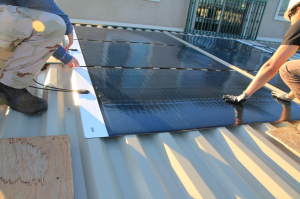
Installing the Miasole FLEX-W on a 7.2 metal panel.
Two roofers can easier apply the FLEX-W series to the existing carport metal panels:
- The existing carport is power washed to remove any dirt and debris from the metal roof surface.
- Any loose panel fasteners are tightened and missing fasteners replaced.
- The areas where the FLEX modules are to be installed are cleaned with rubbing alcohol.
- The FLEX modules are laid down across the corrugated ribs, and the adhesive strips are aligned with the ribs.
- On one end, the roofer lifts up the module, peels back the adhesive release film, lays the module back down on the 7.2 panel ribs and presses down to bond the module to the ribs.
- The second roofer on the other end repeats the same process.
- Both roofers finish bonding the module by rolling the adhesive areas with a silicone roller to ensure complete adhesion to the metal panel.
MiaSolé FLEX series PV modules make it possible to economically convert existing carports with live-load limitations into new solar carports without having to make any major structural modifications. Even on new solar carports, the MiaSolé FLEX series modules can reduce labor and construction cost by reducing the need for heavy steel support structures and allowing longer metal panels with fewer support purlins.
The peel-and-stick adhesive system reduces labor costs while speeding up installation time. Unlike conventional rigid crystalline panels, the flexible MiaSolé FLEX modules work over curved roof structures for solar carports, solar walkways and solar awnings.

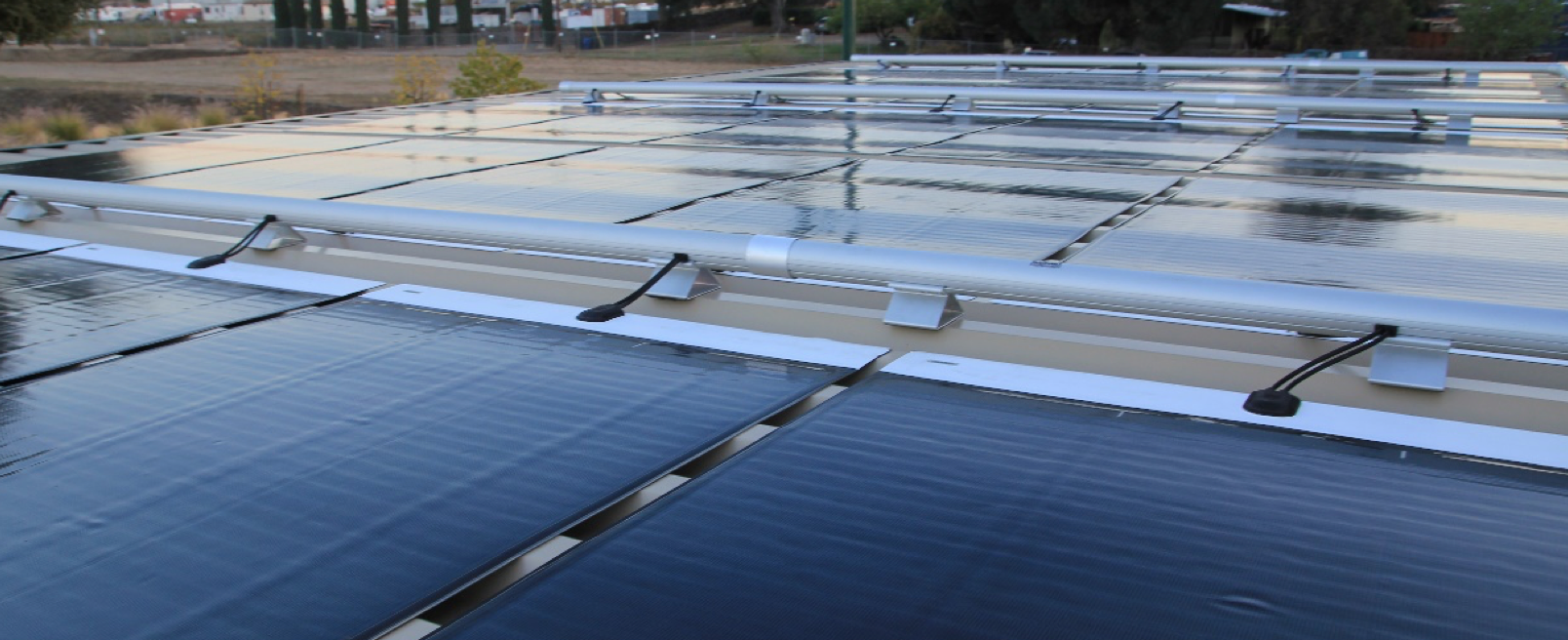

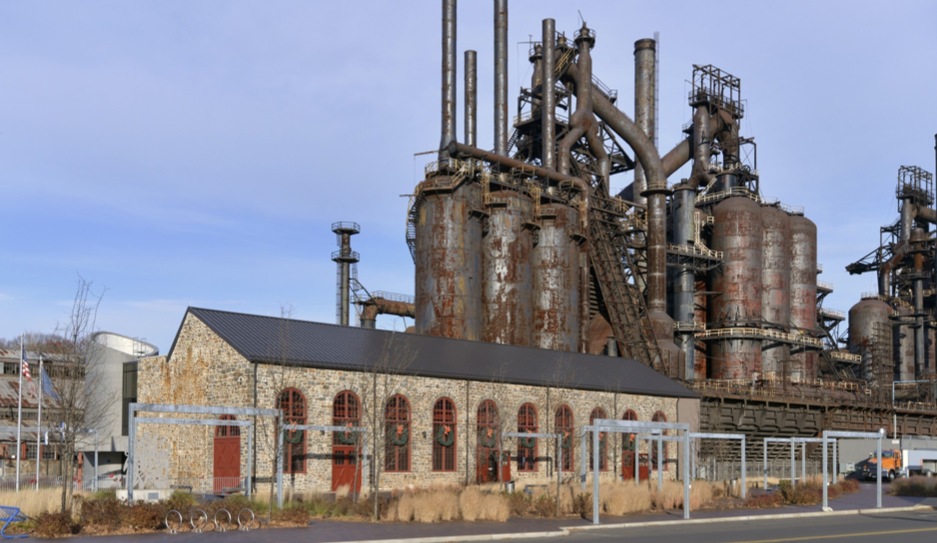
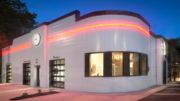
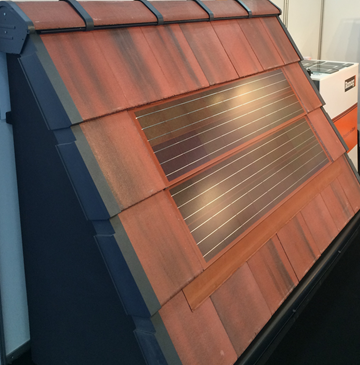
Be the first to comment on "Converting Existing Carports to Solar Carports with Flexible PV Modules"